Ssh Message Authentication Code Incorrect
Introduction
Secure Shell (SSH) is a widely used cryptographic network protocol that allows secure communication between remote computer systems. It provides a secure channel over an unsecured network by encrypting all transmitted data. However, users may encounter the “SSH Message Authentication Code Incorrect” error, which could disrupt their SSH connections. This article will explore the causes of this error and provide troubleshooting steps to resolve it.
What is SSH Message Authentication Code (MAC)?
The SSH Message Authentication Code (MAC) is a cryptographic hash function applied to the data transmitted over an SSH connection. It ensures the integrity and authenticity of the received data. If the MAC verification fails, the “SSH Message Authentication Code Incorrect” error is displayed, indicating a potential security threat.
Possible Causes of “SSH Message Authentication Code Incorrect” Error
1. Incorrect SSH client configuration:
The client-side SSH configuration may contain invalid or mismatched settings, leading to MAC verification failures.
2. Incorrect SSH server configuration:
Similar to client configuration issues, the SSH server’s configuration may be misconfigured or incompatible with the client, causing MAC errors.
3. Network connection integrity issues:
Network problems, such as packet loss, interference, or unreliable connections, can lead to data corruption and trigger MAC verification errors.
4. Incompatibility between client and server versions:
Using different SSH client and server versions can cause compatibility issues, leading to MAC errors.
5. Firewall or security device interference:
Firewalls or security devices, such as intrusion detection systems, may block or modify SSH traffic, causing MAC verification failures.
How to Troubleshoot “SSH Message Authentication Code Incorrect” Error
1. Verify the SSH client configuration:
Check the SSH client configuration file (usually located at /etc/ssh/ssh_config) for any misconfigurations or conflicting settings. Ensure that the MAC algorithms specified in the client configuration match those supported by the server.
2. Check the SSH server configuration:
Inspect the SSH server configuration file (typically located at /etc/ssh/sshd_config) and verify that the MAC algorithms allowed by the server match those supported by the client.
3. Confirm the integrity of the network connection:
Test the network connection between the client and server by pinging the server and checking for any significant packet loss or latency. If a wireless connection is being used, try switching to a wired connection for stability.
4. Ensure compatibility between client and server versions:
Ensure that both the SSH client and server software are updated to the latest stable versions. Mismatched versions may contain bugs or incompatible settings that trigger MAC errors.
5. Consider firewall or security device interference:
Temporarily disable any firewall or security device that may be affecting SSH traffic and test the connection again. If the error disappears, reconfigure the firewall or security device to allow SSH traffic.
Additional Considerations for Resolving “SSH Message Authentication Code Incorrect” Error
– ssh_dispatch_run_fatal port 22: message authentication code incorrect: This specific error message usually indicates a mismatch between the MAC algorithms used by the client and server. Double-check the MAC configurations on both ends.
– sftp message authentication code incorrect: When encountering this error during an SFTP (Secure File Transfer Protocol) session, review the MAC algorithms allowed by the SFTP server and ensure they match the client’s expectations.
– message authentication code incorrect scp: If the error occurs during an SCP (Secure Copy) transfer, confirm that the MAC algorithms configured on both client and server sides are compatible and aligned.
– ssh_dispatch_run_fatal message authentication code incorrect windows: Windows SSH clients may encounter this error message. Ensure that the Windows SSH client follows the same troubleshooting steps mentioned above, focusing on verifying the client configuration and checking for compatibility issues.
– ssh_dispatch_run_fatal: connection to unknown port 65535: message authentication code incorrect: This error message indicates a connection attempt to an unknown port. Ensure that the target server’s SSH port is correctly configured and reachable.
– ssh corrupted MAC on input: In some cases, the MAC verification error may be caused by corrupted data during transmission. Check for intermittent network issues or hardware problems that could be corrupting the SSH data.
– message authentication code incorrect git: If the error occurs while using Git over SSH, verify that the Git client and server configurations are appropriately configured and aligned.
Conclusion
Encountering the “SSH Message Authentication Code Incorrect” error can be frustrating, but by following the troubleshooting steps outlined above, users can identify and resolve the underlying issues. Verifying the SSH client and server configurations, ensuring network connection integrity, and considering firewall or security device interference are critical steps to tackle this error. By addressing these potential causes, users can enjoy secure and reliable SSH connections without encountering MAC verification errors.
FAQs:
Q: What does the “SSH Message Authentication Code Incorrect” error mean?
A: This error indicates a failure in the verification of the cryptographic hash function applied to the transmitted SSH data. It suggests a potential security threat or misconfiguration.
Q: Why does the “SSH Message Authentication Code Incorrect” error occur?
A: The error can occur due to various reasons, including incorrect SSH client or server configurations, network connection issues, incompatible client and server versions, or interference from firewalls or security devices.
Q: How can I troubleshoot the “SSH Message Authentication Code Incorrect” error?
A: Troubleshooting steps include verifying the SSH client and server configurations, confirming network connection integrity, ensuring client and server version compatibility, and considering firewall or security device interference.
Q: Can a network connection problem cause the “SSH Message Authentication Code Incorrect” error?
A: Yes, network connection issues, such as packet loss, interference, or unreliable connections, can corrupt SSH data and trigger the error.
Q: What should I do if I encounter the “SSH Message Authentication Code Incorrect” error during a Git operation?
A: Verify the Git client and server configurations to ensure compatibility between SSH settings. This error may indicate a mismatch or misconfiguration in the Git SSH environment.
Q: Are there any specific error messages related to the “SSH Message Authentication Code Incorrect” error?
A: Yes, various error messages may appear, such as “ssh_dispatch_run_fatal port 22: message authentication code incorrect,” “sftp message authentication code incorrect,” “message authentication code incorrect scp,” among others. The specific error message can provide additional context for troubleshooting.
Q: Where can I find the SSH client and server configuration files?
A: The SSH client configuration file is usually located at /etc/ssh/ssh_config, while the SSH server configuration file can typically be found at /etc/ssh/sshd_config. However, the specific paths may vary depending on the operating system and SSH implementation being used.
Unix \U0026 Linux: Ssh Broken Pipe, Message Authentication Code Incorrect (2 Solutions!!)
What Is Ssh Message Authentication Code?
Secure Shell (SSH) is a widely used cryptographic network protocol that provides secure communication between two remote systems. SSH ensures the confidentiality and integrity of the transmitted data by using various encryption algorithms. One important component of SSH is the Message Authentication Code (MAC).
In cryptography, a Message Authentication Code is a mechanism used to verify the integrity and authenticity of a message. It is a short piece of information that is derived from the message and a secret key. The MAC serves as a unique fingerprint of the message, making it possible to detect any modifications or tampering in transit.
The SSH MAC algorithm plays a crucial role in securing the communication channel between the SSH client and server. It ensures that the transmitted data remains intact and has not been tampered with during transit. MAC prevents unauthorized modification, replay attacks, or insertion of malicious payloads into the SSH packets.
How does SSH MAC work?
When a communication session is established between an SSH client and server, both parties negotiate the encryption algorithms and MAC algorithms to be used. The client and server agree upon a specific MAC algorithm to ensure compatibility.
Once the SSH connection is established, every packet sent between the client and server is internally divided into smaller parts known as chunks or blocks. The MAC algorithm takes each chunk, computes the MAC code, and appends it to the packet. The MAC code is typically placed at the end of the packet and sent alongside the actual data.
On the receiving end, the recipient uses the same MAC algorithm and secret key to compute the MAC code on the received packet. It then compares the calculated MAC code with the one received. If the two MAC codes match, the packet’s integrity remains intact, and the recipient knows that the packet has not been modified. If the MAC codes do not match, it indicates a potential tampering or integrity violation, leading to the rejection of the packet.
By verifying the MAC codes, SSH provides a reliable method to detect any modifications or unauthorized changes in the transmitted data. This ensures data integrity and prevents attackers from tampering with the information being exchanged between client and server.
Common SSH MAC algorithms:
SSH offers a variety of MAC algorithms that can be employed to secure the communication channel. Some of the commonly used MAC algorithms in SSH include:
1. HMAC – Hash-based MAC algorithms such as HMAC-SHA1, HMAC-SHA256, HMAC-MD5 are widely used in SSH. These algorithms utilize a cryptographic hash function, along with a secret key, to provide message authentication.
2. umac-64 – It is a fast and efficient MAC algorithm that uses a 64-bit universal hash function. It provides good security while being lightweight.
3. umac-128 – Similar to umac-64, umac-128 employs a 128-bit universal hash function, providing a higher level of security.
4. hmac-sha2 – HMAC algorithms using SHA-2 family hash functions, such as HMAC-SHA256, HMAC-SHA512, provide enhanced security compared to their SHA-1 counterparts.
SSH MAC FAQs:
1. Is SSH MAC the only method to ensure data integrity in SSH?
No, SSH employs various security mechanisms like encryption, public-key authentication, and message integrity checks. MAC is one of the components used to ensure data integrity.
2. Can the chosen MAC algorithm affect the performance of SSH?
Yes, the MAC algorithm can impact the performance of SSH. Some MAC algorithms are faster than others, and their computational overhead can affect the overall speed of the SSH connection.
3. Are there any recommended MAC algorithms for SSH?
The SSH protocol suggests using HMAC-SHA2 algorithms (HMAC-SHA256, HMAC-SHA512) for improved security. However, the optimal choice may vary based on the specific requirements and constraints of the SSH deployment.
4. Can SSH function without using MAC?
While the SSH protocol allows disabling the MAC algorithm, it is strongly recommended to keep it enabled. MAC provides an essential layer of security to prevent tampering and unauthorized modifications.
5. How can MAC algorithms be compromised?
MAC algorithms can be compromised if an attacker gains access to the secret key used for generating MAC codes. Therefore, it is vital to protect the secret key from unauthorized access and employ strong key management practices.
In conclusion, Message Authentication Code (MAC) is a crucial component of SSH that ensures data integrity and assists in detecting any modifications or tampering during communication. By employing various MAC algorithms, SSH provides a secure and reliable way to transmit data between remote systems. Choosing the appropriate MAC algorithm based on security requirements and performance considerations is essential for robust and effective SSH implementations.
What Is Mac In Cryptography?
Cryptography plays a crucial role in ensuring the security and integrity of data transmission and storage. One common cryptographic technique used is Message Authentication Code (MAC). MAC is a type of symmetric key algorithm that enables the verification of message integrity and authenticity. In this article, we will delve into the concept of MAC in cryptography, its importance, and how it is used to secure data.
Understanding MAC:
A Message Authentication Code is a small-sized code generated by a cryptographic algorithm using a shared secret key. It is appended to the message being sent to ensure that the message is not tampered with during transmission. The MAC code is calculated using both the message itself and the secret key, making it unique to the combination of the two.
The MAC algorithm operates on blocks of data using a private key, typically shared between the sender and the receiver. The sender applies the algorithm to the message and the shared secret key. The resulting MAC code is then appended to the message. Upon receiving the message, the receiver uses the same secret key to re-calculate the MAC code. If the calculated code matches the appended code, the receiver can be confident that the message has not been altered in transit and that it originated from the expected sender.
Importance of MAC in Cryptography:
1. Data Integrity: The primary purpose of MAC is to ensure data integrity. By generating a unique code for each message using a shared secret key, any modifications made during transmission or storage can be detected. Thus, MAC helps prevent malicious activities and provides assurance that the data remains intact and unaltered.
2. Message Authenticity: MAC also ensures that the received message is authentic and has not been tampered with or forged. Since the MAC code requires the shared secret key to generate and verify, it ensures that only the intended sender, possessing the secret key, can generate a valid code to authenticate the message.
3. Non-Repudiation: MAC enables non-repudiation, which means that the sender cannot deny sending a particular message. The generated MAC code acts as proof that the message originated from the sender. This property can be crucial in legal or financial scenarios where disputes may arise.
4. Efficiency: Compared to other cryptographic techniques, MAC algorithms are computationally efficient. They require minimal processing power and can be easily implemented in both hardware and software, making them suitable for a wide range of systems and applications.
Common MAC Algorithms:
Various MAC algorithms are available, each with its own unique characteristics and strengths. Here are a few widely used MAC algorithms:
1. HMAC (Hash-based MAC): HMAC combines a hash function, such as SHA-256 or MD5, with a secret key to generate the MAC code. It provides robust security and is resistant to cryptanalytic attacks.
2. CMAC (Cipher-based MAC): CMAC operates on block ciphers, such as AES, and is considered secure against various cryptographic attacks. It is often used in wireless communication protocols.
3. Poly1305: Poly1305 is a fast and secure MAC algorithm, widely used in modern cryptographic systems. It utilizes modular arithmetic and is highly resistant to timing attacks.
4. GMAC (Galois Message Authentication Code): GMAC is a specific type of MAC designed for authenticated encryption algorithms, such as GCM (Galois Counter Mode). It offers both confidentiality and data integrity.
FAQs:
Q1. Is MAC a form of encryption?
No, MAC is not a form of encryption itself. While encryption focuses on making data unintelligible to unauthorized parties, MAC ensures the data’s integrity and authenticity.
Q2. Can MAC be used for secure communication over the internet?
Yes, MAC can be used to secure data transmitted over the internet. By calculating and verifying the MAC code, both the sender and receiver can ensure the integrity and authenticity of the data.
Q3. How is MAC different from Digital Signatures?
MAC and digital signatures serve similar purposes of ensuring integrity and authenticity but employ different techniques. MAC uses a shared secret key, whereas digital signatures use public-key cryptography and involve certificates for verification.
Q4. Can MAC codes be decrypted?
No, MAC codes cannot be decrypted. MAC is a one-way function that generates a fixed-size code from the message and secret key. While the code can be verified, it cannot be reversed to obtain the original message.
Q5. Are MAC algorithms vulnerable to attacks?
MAC algorithms are designed to be secure, but vulnerabilities can emerge as computing power advances and new attack strategies are discovered. It is crucial to use recommended and well-established MAC algorithms and stay updated with the latest security practices.
In conclusion, MAC is a fundamental concept in cryptography that ensures data integrity and authenticity. It plays a crucial role in securing data transmission and storage, enabling trustworthy communication in various domains. Understanding MAC algorithms and their proper implementation is vital for maintaining the confidentiality and integrity of sensitive information.
Keywords searched by users: ssh message authentication code incorrect ssh_dispatch_run_fatal port 22: message authentication code incorrect, sftp message authentication code incorrect, message authentication code incorrect scp, ssh_dispatch_run_fatal message authentication code incorrect windows, ssh_dispatch_run_fatal: connection to unknown port 65535: message authentication code incorrect, Message authentication code incorrect, ssh corrupted mac on input, message authentication code incorrect git
Categories: Top 10 Ssh Message Authentication Code Incorrect
See more here: nhanvietluanvan.com
Ssh_Dispatch_Run_Fatal Port 22: Message Authentication Code Incorrect
Secure Shell (SSH) is a widely used cryptographic network protocol that allows secure communication between two remote computers. It is commonly used by system administrators to manage and access remote systems securely. However, at times users may encounter an error message such as “ssh_dispatch_run_fatal port 22: message authentication code incorrect”. This article aims to delve deeper into this error, understand its causes, and provide potential solutions.
What does “ssh_dispatch_run_fatal port 22: message authentication code incorrect” mean?
When you establish an SSH session, the client and the server exchange cryptographic information to authenticate the connection and establish a secure channel. This process ensures that the data transmitted between the client and the server remains secure and cannot be intercepted or tampered with.
The error message “ssh_dispatch_run_fatal port 22: message authentication code incorrect” indicates that there is a problem with the authentication process. The message authentication code (MAC) is a cryptographic checksum used to verify the integrity and authenticity of the SSH messages. If the MAC fails to match between the client and the server, this error message is displayed.
Causes of “ssh_dispatch_run_fatal port 22: message authentication code incorrect” error:
1. Outdated SSH software: Using outdated versions of SSH software can lead to compatibility issues and result in an incorrect message authentication code.
2. Configuration issues: Incorrect configuration settings on the client or server side can cause authentication failures and trigger this error message.
3. Firewall or network interference: Firewalls or network devices may interfere with the SSH connection, altering the message authentication code and causing the error.
4. Man-in-the-middle attacks: This error can also indicate attempted tampering or interception of the SSH connection by a malicious third-party.
5. Incorrect login credentials: Entering incorrect login credentials, such as username or password, can result in an authentication failure and trigger this error.
Solutions to resolve “ssh_dispatch_run_fatal port 22: message authentication code incorrect” error:
1. Update SSH software: Ensure both the client and server are using the latest and most secure versions of SSH software. Regularly updating the software can resolve compatibility issues and fix any known vulnerabilities.
2. Verify configuration settings: Double-check the configuration on both the client and server sides, including any changes made to SSH settings or keys. Correct any discrepancies or errors that might be causing the authentication failure.
3. Check firewall settings: Ensure that SSH traffic is allowed through any firewalls or network devices. Configure the necessary rules to allow secure SSH connections on port 22.
4. Use public key authentication: Public key authentication is a more secure method of authentication compared to password-based authentication. Generate a public-private key pair on the client and add the public key to the server’s authorized keys file. This method eliminates the risk of entering incorrect login credentials.
5. Scan for malware: Run a comprehensive malware scan on both the client and server systems. Malware can interfere with SSH connections and compromise the integrity of the message authentication code. Remove any detected malware and ensure both systems are clean.
FAQs (Frequently Asked Questions):
Q: Can I ignore the “ssh_dispatch_run_fatal port 22: message authentication code incorrect” error message?
A: Ignoring the error message is not recommended. It indicates a problem with the authentication process, which may compromise the security of your SSH connection.
Q: Why does this error only occur on port 22?
A: Port 22 is the default port for SSH. The error message specifically mentions port 22 because it is a standard port for SSH connections. If you are using a different port for SSH, the error message would reflect your configuration.
Q: I haven’t made any changes to my SSH settings. Why am I getting this error suddenly?
A: This error can occur due to various factors, such as software updates or changes in the network environment. It is important to investigate the root cause and apply the appropriate solutions.
Q: Can using a strong password resolve this error?
A: While using a strong password is essential for security, an incorrect message authentication code error is not related to password strength. It is more likely caused by other factors mentioned earlier in this article.
In conclusion, the “ssh_dispatch_run_fatal port 22: message authentication code incorrect” error is an indication of an authentication failure during the SSH connection process. It is important to address the underlying causes of this error to ensure the security and integrity of your SSH connections. By keeping your SSH software up-to-date, verifying configuration settings, and employing secure authentication methods, you can mitigate this error and maintain a secure remote access environment.
Sftp Message Authentication Code Incorrect
Introduction:
SFTP (Secure File Transfer Protocol) has become the go-to choice for transferring files securely over the internet. By combining the encryption and authentication features of SSH (Secure Shell), SFTP ensures that your data remains private and protected during transit. However, users occasionally encounter an error when trying to establish an SFTP connection: “Message Authentication Code Incorrect.” In this article, we will delve into the causes behind this error, explore possible solutions, and provide a comprehensive FAQ section to address common queries.
Causes of the “Message Authentication Code Incorrect” Error:
The “Message Authentication Code Incorrect” error typically occurs when the SFTP server and client are unable to verify the authenticity of the transmitted data. Several factors can contribute to this issue:
1. Cipher Mismatch: This happens when the encryption algorithms supported by the server and client do not match. SFTP employs various encryption algorithms, such as AES (Advanced Encryption Standard), 3DES (Triple Data Encryption Standard), and Blowfish. If the server and client have a different order of preference for these algorithms, the mismatch can trigger the error.
2. Key Mismatch: The SSH keys used for encryption and authentication play a crucial role in establishing a secure connection. If the server and client have incompatible or mismatched keys, the error may occur. This can happen if the key formats or versions are not compatible or if the keys have been tampered with.
3. Network Issues: Sometimes, the error may be caused by network problems that interrupt the transmission of data packets. High latency, packet loss, or an unstable connection can lead to data corruption and trigger the “Message Authentication Code Incorrect” error.
Solutions to the “Message Authentication Code Incorrect” Error:
Now that we have identified the potential causes, let’s explore some solutions to resolve the “Message Authentication Code Incorrect” error in SFTP:
1. Update or Reorder Encryption Algorithms: Ensure that both the server and client use compatible encryption algorithms. Try updating the SSH configurations on either end to include a common set of encryption algorithms, or reorder the preferences to match the preferred order on both sides.
2. Check SSH Key Compatibility: Verify that the SSH keys used for authentication are compatible between the server and client. Ensure that the key formats and versions are the same. Regenerating the keys using a compatible format may also resolve the issue.
3. Validate SSH Key Fingerprints: Compare the fingerprints of the server’s SSH key with the fingerprint presented by your client. This verification helps detect any Man-in-the-Middle (MitM) attacks, ensuring that the server’s key hasn’t been substituted by an unauthorized entity.
4. Test with Different SFTP Clients: Try connecting to the server using a different SFTP client to determine if the error persists. It could be possible that the issue lies within the client software rather than the server.
5. Troubleshoot Network Connectivity: Examine your network connection for any issues like high latency, packet loss, or instability. A reliable and stable network connection is crucial for the successful transmission of data packets.
Frequently Asked Questions (FAQs):
Q1. Why do I encounter the “Message Authentication Code Incorrect” error only sometimes?
The “Message Authentication Code Incorrect” error can occur sporadically due to various factors. It could be due to intermittent network issues, temporary server/client overload, or occasional misconfigurations. Regularly updating and maintaining your SFTP setup can help reduce such errors.
Q2. How can I determine the supported encryption algorithms on my SFTP server?
To ascertain the supported encryption algorithms on your SFTP server, you can refer to the server’s documentation or configuration files. Additionally, you can establish an SSH connection to the server using a command-line tool like OpenSSH and run the command: `ssh -Q cipher`.
Q3. Can I temporarily disable the message authentication code check?
While disabling the message authentication code check can be tempting to bypass the error, it is not recommended for security reasons. The message authentication code ensures the integrity of transmitted data and protects against tampering. Disabling it would undermine the security of your SFTP session.
Q4. Is the “Message Authentication Code Incorrect” error a server-side or client-side issue?
The error can occur on both the server and client sides. It typically indicates a mismatch between the encryption algorithms, SSH keys, or network issues. Identifying the specific cause can help determine whether the solution lies on the server or client side.
Conclusion:
Encountering the “Message Authentication Code Incorrect” error during an SFTP session can be frustrating, but understanding its causes and solutions can help resolve the issue. By verifying and updating encryption algorithms, ensuring key compatibility, and troubleshooting network connectivity, you can successfully establish secure SFTP connections. Remember to regularly update and maintain your SFTP setup to mitigate such errors and enhance overall security.
Images related to the topic ssh message authentication code incorrect
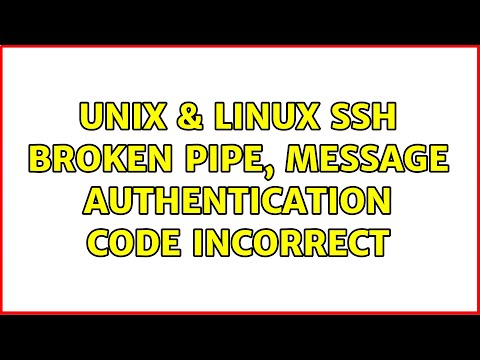
Found 21 images related to ssh message authentication code incorrect theme

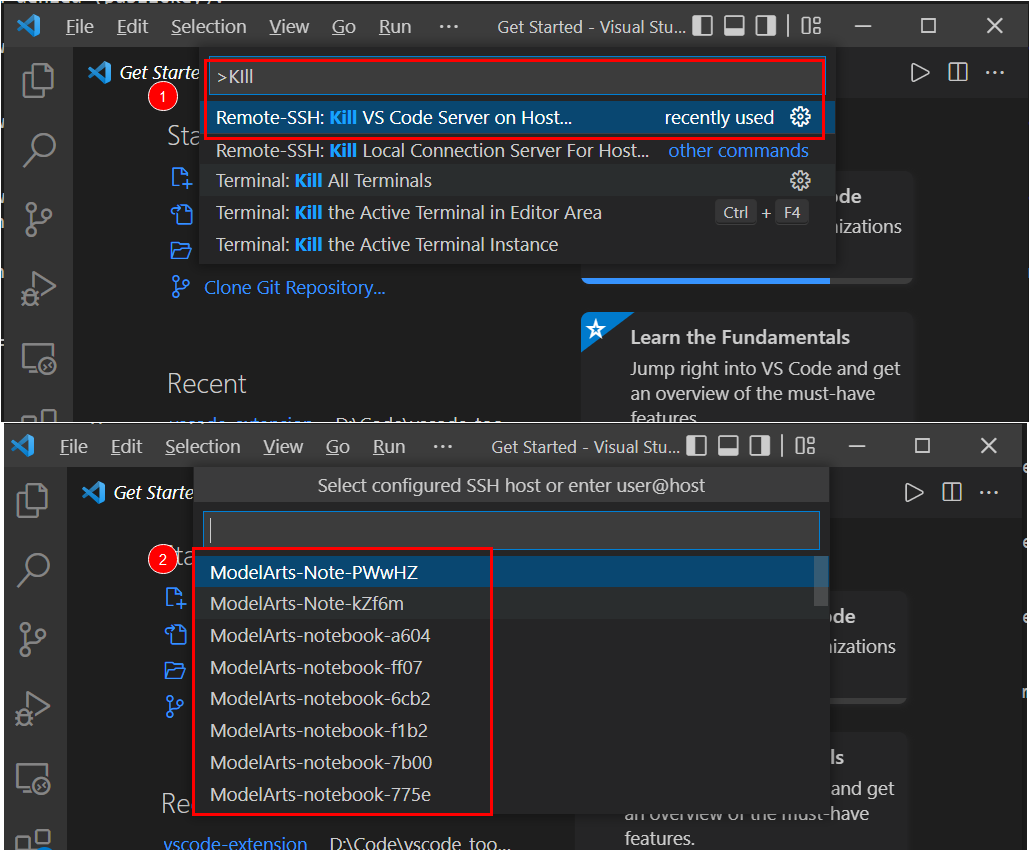
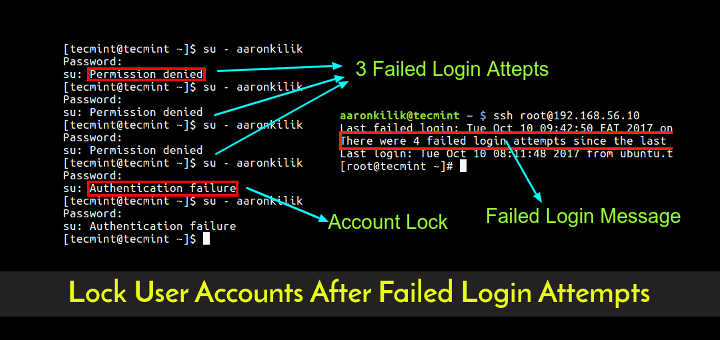
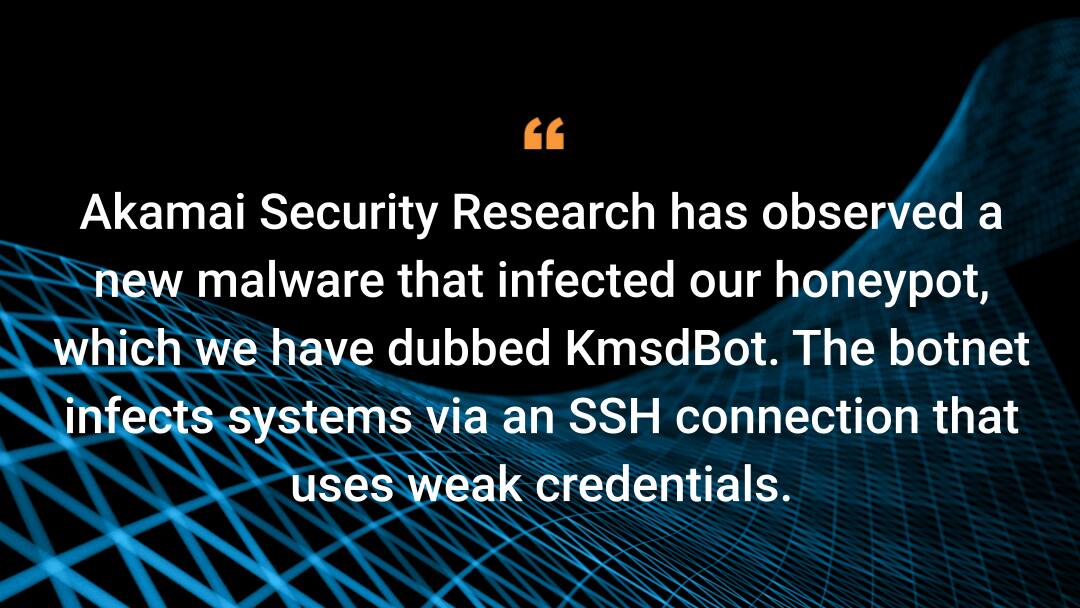

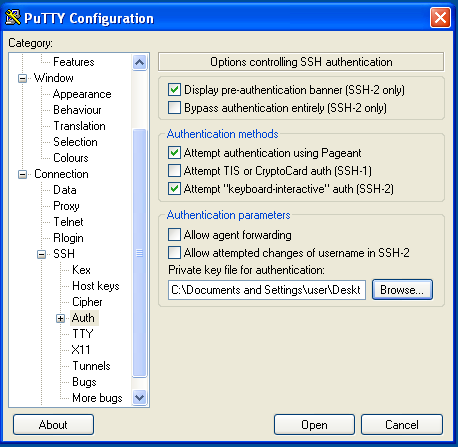
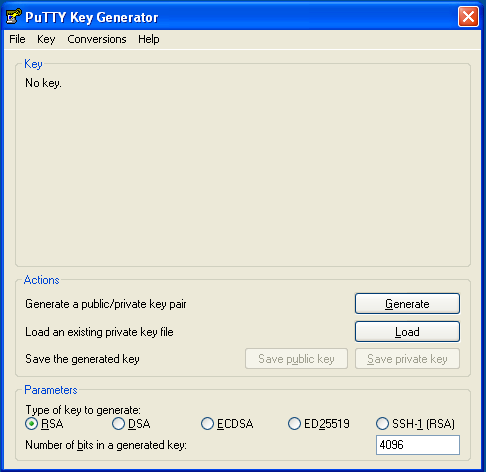
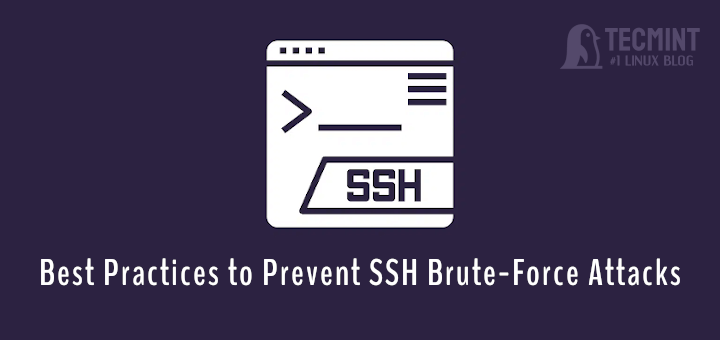
Article link: ssh message authentication code incorrect.
Learn more about the topic ssh message authentication code incorrect.
- git pull error: Message Authentication code incorrect
- SSH broken pipe, message authentication code incorrect
- ssh on windows – Corrupted MAC on input – Server Fault
- “message authentication code incorrect” error with scp
- Workaround for Windows SSH Users – NREL
- SSH: message authentication code incorrect
- Hash values, MAC and HMAC in SSH – OmniSecu.com
- What Is a Message Authentication Code (MAC)? – Fortinet
- sftp transfer issue – ssh_dispatch_run_fatal message … – Reddit
- Connection to X.X.X.X port 22: message authentication code …
- ssh_dispatch_run_fatal: Connection to
port 22 … - Remote – SSH doesn’t ask for keyphrase of private key? #5931
See more: https://nhanvietluanvan.com/luat-hoc/